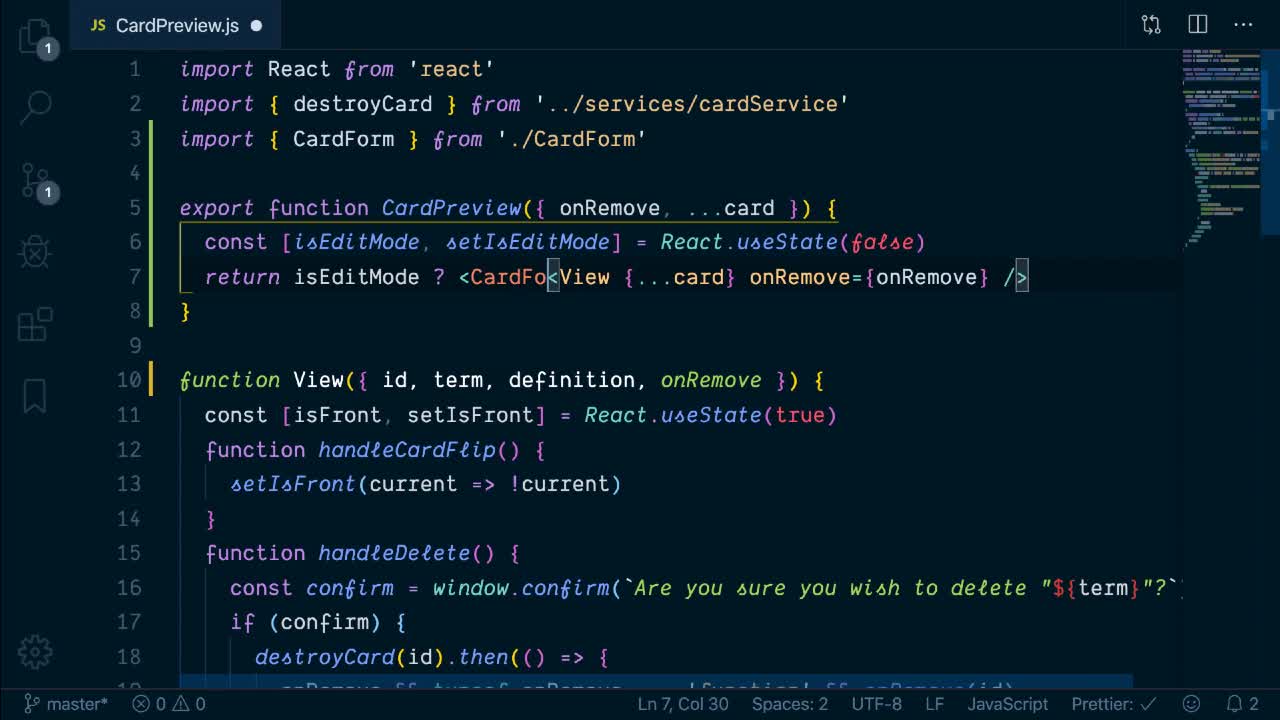
- #Render pug template with javascript install#
- #Render pug template with javascript generator#
- #Render pug template with javascript full#
- #Render pug template with javascript code#
“Developing template engines for Express”.ĭocumentation translations provided by StrongLoop/IBM:įrench, German, Spanish, Italian, Japanese, Russian, Chinese, Traditional Chinese, Korean, Portuguese.Ĭommunity translation available for: Slovak, Ukrainian, Uzbek, Turkish and Thai. To learn more about how template engines work in Express, see: The view is still re-rendered with every request even when the cache is on. Note: The view engine cache does not cache the contents of the template’s output, only the underlying template itself. When you make a request to the home page, the index.pug file will be rendered as HTML. You must specify the extension of the view file. To set the templates folder, we can set the views property by writing. To render template files, we can set the application settings.
#Render pug template with javascript generator#
The default for the Express application generator is Jade, but we can use the other ones listed as well. Then create a route to render the index.pug file. We can use popular template engines with Express, like Pug, Mustache, and EJS. app.set('view engine', 'pug')Ĭreate a Pug template file named index.pug in the views directory, with the following content: html pug file called index.pug and save it inside the newly created directory /views.
#Render pug template with javascript install#
Library follows this convention by mapping all of the popular Node.js template engines, and therefore works seamlessly within Express.Īfter the view engine is set, you don’t have to specify the engine or load the template engine module in your app Įxpress loads the module internally, as shown below (for the above example). npm install pug -save Next, create a sub-directory inside the root directory for keeping. Some template engines do not follow this convention. Which is called by the res.render() function to render the template code.

The syntax for this is to append &attributes to the element tag, followed by the name of the collection in parentheses.Express-compliant template engines such as Jade and Pug export a function named _express(filePath, options, callback),
#Render pug template with javascript code#
To add a line of JavaScript to your pug file, start the line with a dash ( -) and write your JS code after it.įor example, as mentioned in the previous section, you can use JavaScript to create a collection of attributes which you can then apply to a given element. Pug: // Incorrect syntax for multi-line content In this example, Pug renders the p element as intended, but also renders the word "This" in the subline as an element of type This. If you don't use this syntax for multi-line content, Pug will interpret the lines underneath the element as separate elements. Pug: // Correct syntax for multi-line content To add multiple lines of content inside an element, put a period after the element's name and drop the content below, indenting each line. To put content inside an element, put a space after its tag name (on the same line) and add the content there. In this example, the head element is on an indented line underneath the html element, which renders it as a child of the html element. To create a child element, indent the line under the intended parent and create the child there. This is because Pug uses formatting elements (such as white space and indentation) to determine parent/child relationships between elements.

Pug will automatically generate a closing tag for elements that require one, so you only have to write the opening tag.


#Render pug template with javascript full#
Pug can also be used to render a few other types of files (e.g., XML), but this tutorial will focus on HTML.īy the way, to reinforce your learning here (or if video is just more your style), I'd suggest checking out Pug Template Engine - Full Tutorial for Beginners by dcode on the FreeCodeCamp YouTube channel. If the idea of a template engine sounds intimidating (or you've tried to use one before and found yourself frustrated), there's no need to worry- As long as you have a solid understanding of HTML, you'll be able to pick-up on the basics of Pug pretty quickly. Pug (formerly known as Jade) is a template engine that allows you to dynamically manipulate the HTML and CSS that are ultimately rendered from the files that were written in it.


 0 kommentar(er)
0 kommentar(er)
